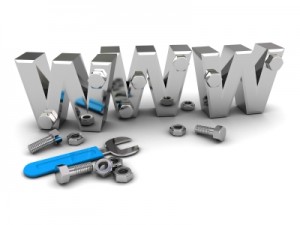For those who are new to blogging, they might be nervous to learn WordPress. However, by taking advantage of online tools available to help those learn WordPress, it can be easy and rewarding when building your blog or website. Read on to learn WordPress.
Especially if you are new to building a blog or website, it can seem intimidating when it comes to trying to learn WordPress. However, there are plenty of online tools that can help you learn WordPress easily and effectively in order to build your own creative and entertaining blog. There are several steps one should take in doing research to learn more about how to learn WordPress. Doing research about WordPress and how to create your own blog using the tools, plugins, widgets and themes associated with WordPress will help get you one step closer in learning WordPress.
The first and most important step to take when attempting to learn WordPress and about each of the features of WordPress is to read. Before you attempt to invest much time and energy into installing WordPress, it is important to understand what WordPress is and how to create the best blog for your website or blogging needs. On WordPress.org, there are several articles one should check out before you begin WordPress installation and trying to move forward with WordPress. Make sure you learn about blogs and what exactly a blog is as well as checking out articles on what WordPress is and how to use it. There are many different types of WordPress features to use in order to make a professional, fun and creative blog or website. It is important to understand exactly what WordPress plugins and widgets are as well as WordPress themes and other features. Once you have a good understanding of the features, it is that much easier to use them and to know how to use them properly and effectively.
After you have done a good amount of research on how to learn WordPress, it is a good idea to continue by making a plan about the things you most need for your blog. What widgets, what theme, what plugins are necessary to make your blog exactly how you want it to look and operate for visitors. Make sure your web host is WordPress compatible and that each version of PHP and MySQL are check and verified to ensure a smooth installation of WordPress. There are a few different ways you can install WordPress. The most simple way would be to choose a web host provider that offers a SimpleScript that will easily install WordPress. It is also a good idea to make a list of your categories if how they are listed on your site is important to you. Make a list of pages you want to feature on your WordPress site as well so you know exactly how the blog and website will look prior to going live.
If you have made it this far in the learning WordPress process, you are ready to install WordPress. As previously mentioned, there are several ways you can go about this. Be sure to use the method that best works with what you need or would like to do. After you have successfully installed WordPress you can get it set up so it runs exactly how you wanted it to. You can use your WordPress plan here to set up each of your pages, widgets, categories and more. Play around with how you would like your blog and website to look by choosing from a variety of WordPress themes to find the best look for your particular website. Are you going for something more traditional and professional, or do you want to make it funky and innovative. There are thousands of free WordPress themes to choose from when making this decision. Be sure to take time to explore the WordPress codex site as this is the official documentation site for WordPress. There are dozens of helpful articles that can assist you in how to learn WordPress and how to make the site work best for you. If you want to delve deeper into the world of WordPress rather than just using it as a simple tool, be sure to check out some of the advanced use of WordPress features blogs, links, photo galleries and video assistance for more help.


